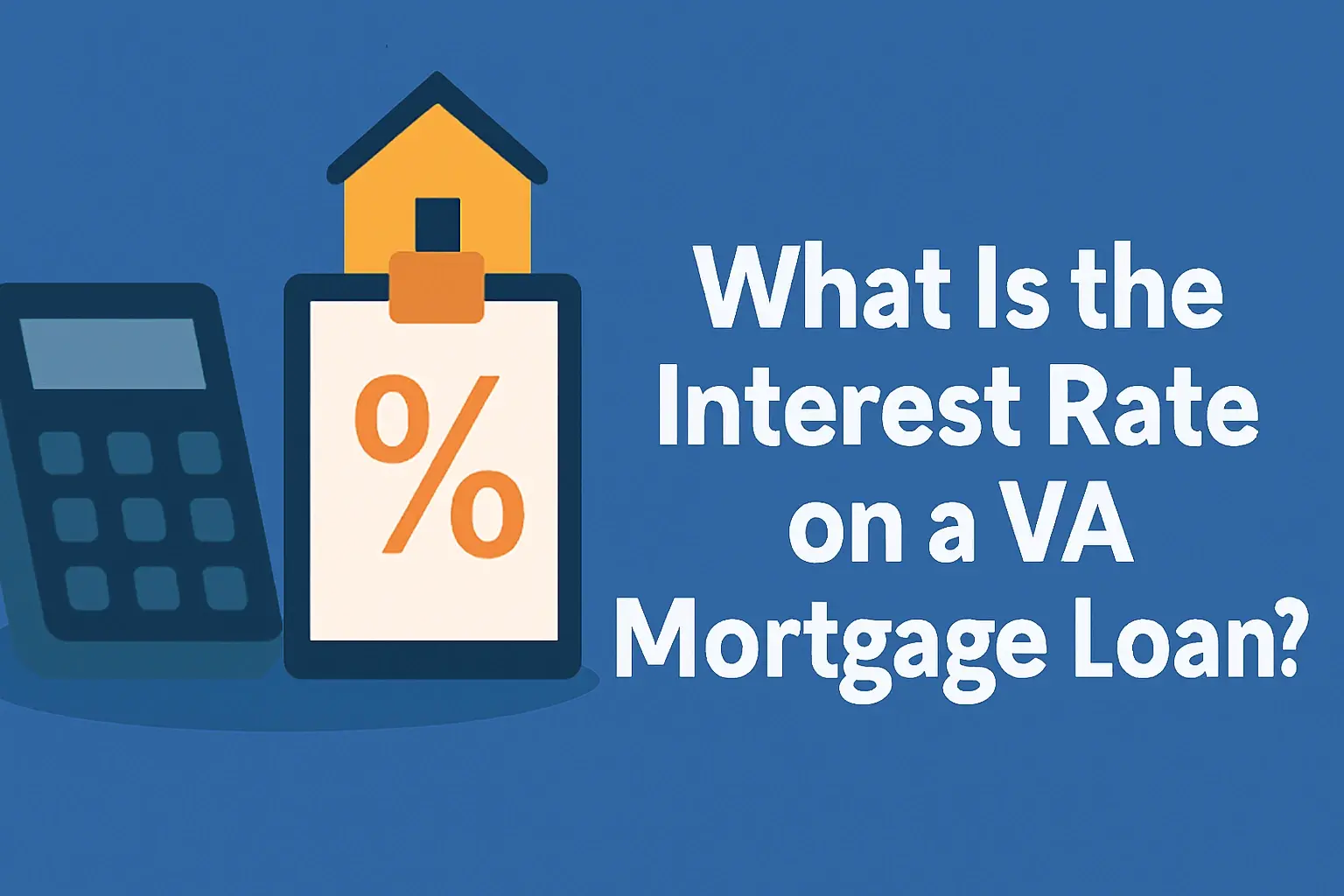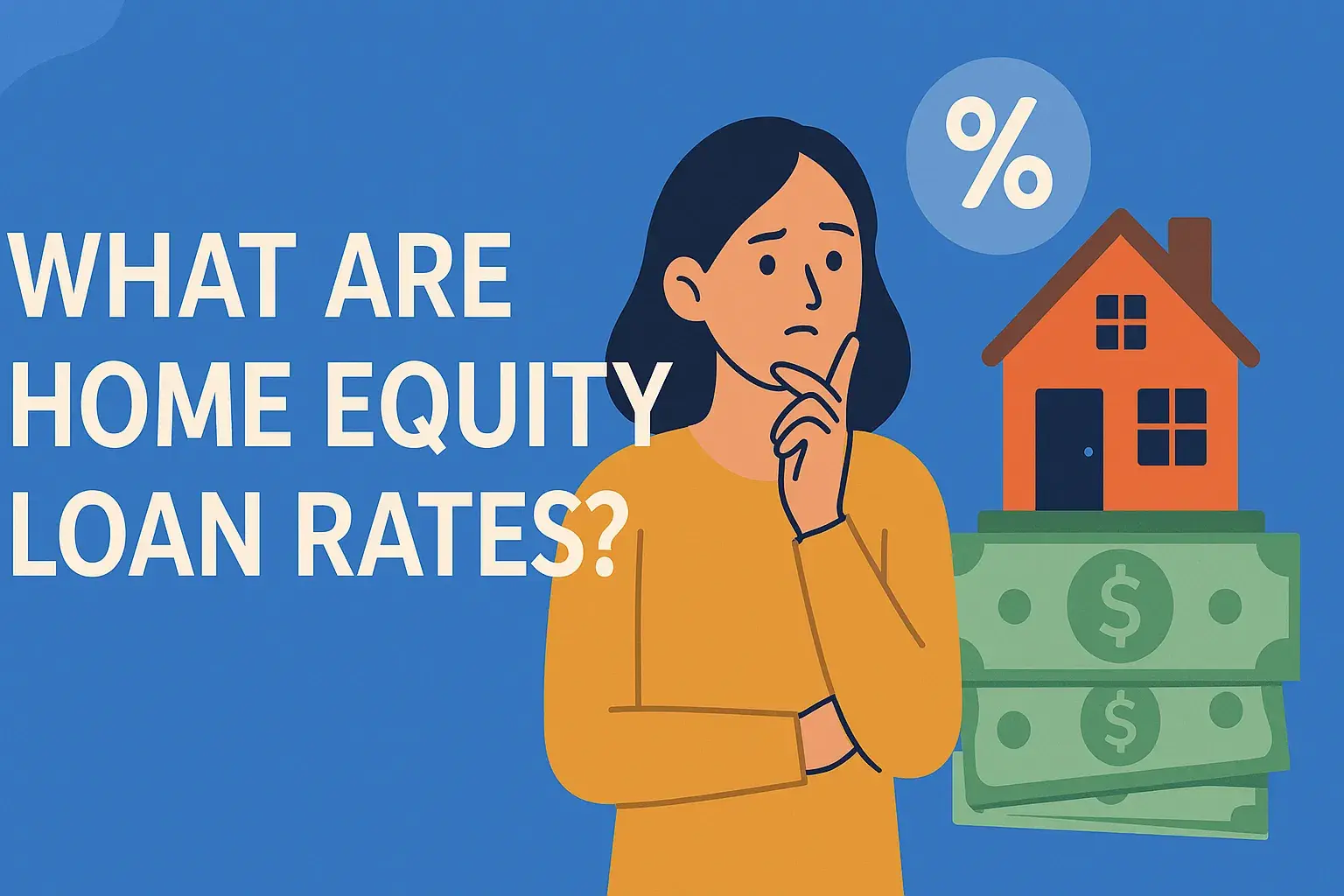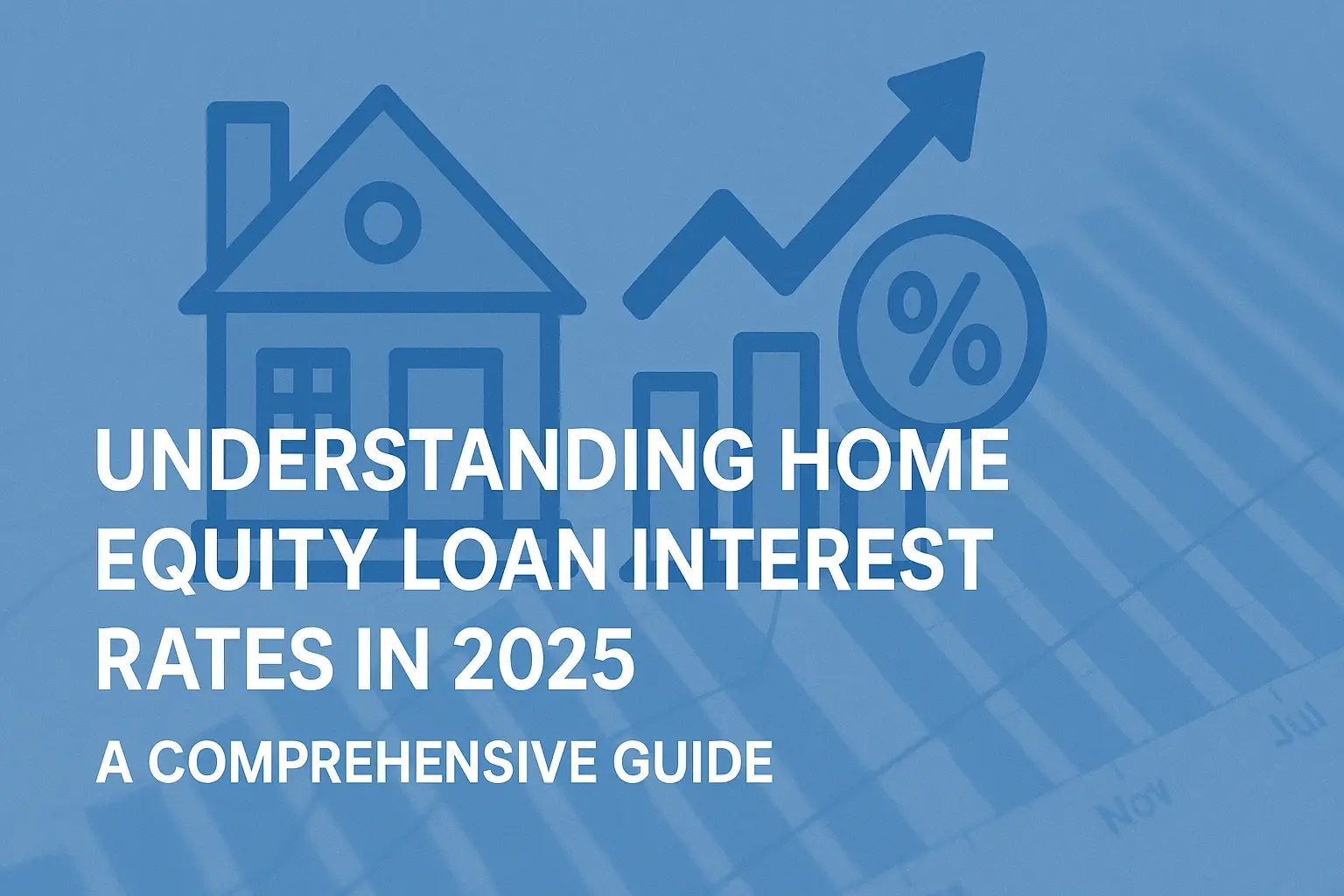-
Posted on: 23 Aug 2024

-
Buying a home is a significant financial decision, and understanding the terms associated with a home loan is crucial. One of the most important terms you'll encounter is the Annual Percentage Rate (APR). The APR provides a more comprehensive picture of the cost of borrowing than just the interest rate alone. This guide will walk you through what APR is, how it's calculated, what it includes, and how it can help you make informed decisions when choosing a home loan.
Understanding the Basics: Interest Rate vs. APR
Often, the terms "interest rate" and "APR" are used interchangeably, but they represent different things. While both relate to the cost of borrowing, they provide different perspectives.
What is the Interest Rate?
The interest rate is the cost you pay each year to borrow money, expressed as a percentage of the loan amount. It's the basic cost of the loan itself, without factoring in other fees or charges. It is the rate applied to the principal balance to determine the interest due each month.
What is the APR?
The APR (Annual Percentage Rate) is a broader measure of the cost of a loan. It includes the interest rate plus other fees associated with the loan, expressed as an annual rate. This makes it a more accurate representation of the total cost of borrowing. The APR essentially amortizes (spreads out) the upfront fees over the life of the loan, allowing you to see the real cost on an annual basis.
Why is APR Important?
APR is essential for comparing different loan offers. Because it includes fees, it gives you a standardized way to assess the true cost of borrowing. A lower interest rate might seem attractive, but if the lender charges high fees, the APR could be higher than a loan with a slightly higher interest rate but lower fees. Ignoring the APR and focusing solely on the interest rate could lead you to choosing a more expensive loan in the long run.
What Does APR Include?
The APR typically includes the following costs, in addition to the interest rate:
- Origination Fees: Fees charged by the lender for processing the loan.
- Discount Points: Fees you pay upfront to lower the interest rate. One point equals 1% of the loan amount.
- Underwriting Fees: Fees to cover the cost of assessing your creditworthiness and loan risk.
- Processing Fees: Fees for handling the paperwork and administration of the loan.
- Mortgage Insurance Premiums (if applicable): If you put down less than 20% on your home, you'll likely need to pay private mortgage insurance (PMI). The annual cost of this insurance is included in the APR.
What APR Generally Does NOT Include:
- Appraisal Fees: Costs for assessing the value of the property.
- Credit Report Fees: Costs for pulling your credit history.
- Title Insurance: Insurance that protects you and the lender against title defects.
- Escrow Items: Property taxes and homeowners insurance are typically *not* included in the APR, although they are crucial to the overall cost of homeownership.
- Recording Fees: Fees charged by the local government to record the mortgage.
It's crucial to remember that these "excluded" fees are still significant expenses, and you should factor them into your overall budget when buying a home. While they don't directly impact the APR, they impact the cash you'll need at closing.
How is APR Calculated?
The calculation of APR is complex and regulated by the Truth in Lending Act (TILA). The TILA ensures that lenders disclose the APR accurately and consistently. Here's a simplified overview of how it works:
- Calculate Total Finance Charges: This involves adding up all the fees included in the APR (origination fees, discount points, etc.) to the total interest you will pay over the life of the loan.
- Determine Loan Term: The loan term is the length of time you have to repay the loan (e.g., 30 years, 15 years).
- Use an APR Calculator or Formula: Lenders typically use specialized software or a mathematical formula (which is too complex for a simple explanation here) to calculate the APR based on the total finance charges, loan amount, and loan term.
While you don't need to do the calculation yourself, understanding the components that go into it is helpful. You can find free APR calculators online to estimate the APR based on different scenarios. However, always rely on the APR provided by the lender in the Loan Estimate and Closing Disclosure.
Fixed-Rate vs. Adjustable-Rate Mortgages and APR
The type of mortgage you choose (fixed-rate or adjustable-rate) can affect how the APR is calculated and how it behaves over time.
Fixed-Rate Mortgages
With a fixed-rate mortgage, the interest rate remains the same throughout the loan term. The APR will also remain relatively stable (unless you refinance or take out a home equity loan). This provides predictability and stability in your monthly payments.
Adjustable-Rate Mortgages (ARMs)
An adjustable-rate mortgage (ARM) has an interest rate that adjusts periodically based on a benchmark index (e.g., the Secured Overnight Financing Rate - SOFR). The initial APR on an ARM may be lower than a fixed-rate mortgage, making it attractive in the short term. However, the APR can fluctuate over time as the interest rate adjusts, potentially leading to higher monthly payments. The APR listed on the Loan Estimate for an ARM will reflect the initial interest rate and costs, but it's important to understand that this is not a guarantee of what the APR will be in the future.
When considering an ARM, carefully review the terms, including:
- The index used to determine the interest rate adjustment.
- The margin (the percentage added to the index).
- The frequency of adjustments (e.g., annually, semi-annually).
- The caps on how much the interest rate can increase at each adjustment and over the life of the loan.
How to Use APR to Compare Loan Offers
When shopping for a home loan, get quotes from multiple lenders. Don't just focus on the advertised interest rate. Instead, compare the APR across different loan offers. Here's a step-by-step approach:
- Get Loan Estimates: Ask each lender for a Loan Estimate, a standardized document that outlines the loan terms, including the interest rate, APR, and estimated closing costs.
- Compare APRs: Review the APR on each Loan Estimate. The loan with the lower APR is generally the more cost-effective option.
- Consider Loan Features: While APR is crucial, also consider other loan features, such as prepayment penalties (fees for paying off the loan early) and loan term flexibility.
- Ask Questions: Don't hesitate to ask the lender to explain any fees or terms you don't understand.
- Negotiate: Once you have multiple Loan Estimates, you can try to negotiate with lenders to get the best possible terms.
Example:
Let's say you receive two Loan Estimates:
- Loan A: Interest rate of 6.5%, APR of 6.75%
- Loan B: Interest rate of 6.25%, APR of 6.85%
Even though Loan B has a lower interest rate, Loan A has a lower APR. This indicates that Loan B has higher fees, making Loan A the more affordable option overall.
Tips for Getting the Best APR
Here are some tips to help you secure the best APR on your home loan:
- Improve Your Credit Score: A higher credit score typically qualifies you for lower interest rates and APRs. Check your credit report for errors and take steps to improve your credit score before applying for a loan.
- Increase Your Down Payment: A larger down payment reduces the loan amount, which can lower the interest rate and potentially the APR. It can also help you avoid paying private mortgage insurance (PMI).
- Shop Around: Get quotes from multiple lenders to compare APRs and other loan terms.
- Consider Discount Points: Paying discount points upfront can lower the interest rate and the overall APR. However, carefully consider whether the long-term savings outweigh the upfront cost.
- Keep Your Debt-to-Income Ratio Low: Lenders look at your debt-to-income (DTI) ratio to assess your ability to repay the loan. A lower DTI ratio indicates that you have more disposable income and are a lower-risk borrower.
The Impact of Loan Term on APR
The length of your loan term also affects the APR and the total interest you'll pay over the life of the loan. Shorter loan terms typically have lower interest rates and APRs but higher monthly payments. Longer loan terms have higher interest rates and APRs but lower monthly payments.
Example:
Let's say you're borrowing $300,000:
- 30-Year Loan: Interest rate of 6.5%, APR of 6.75%, Monthly payment of $1,896.20, Total interest paid: $382,632
- 15-Year Loan: Interest rate of 6.0%, APR of 6.25%, Monthly payment of $2,531.23, Total interest paid: $155,621
While the 15-year loan has a lower interest rate and APR, the monthly payments are significantly higher. However, you'll save a substantial amount of money on interest over the life of the loan.
Conclusion
Understanding the APR on a home loan is essential for making informed financial decisions. It provides a comprehensive picture of the cost of borrowing, including the interest rate and other fees. By comparing APRs from multiple lenders and considering other loan features, you can choose the best loan for your needs and budget. Remember to improve your credit score, increase your down payment, and shop around to secure the lowest possible APR.








